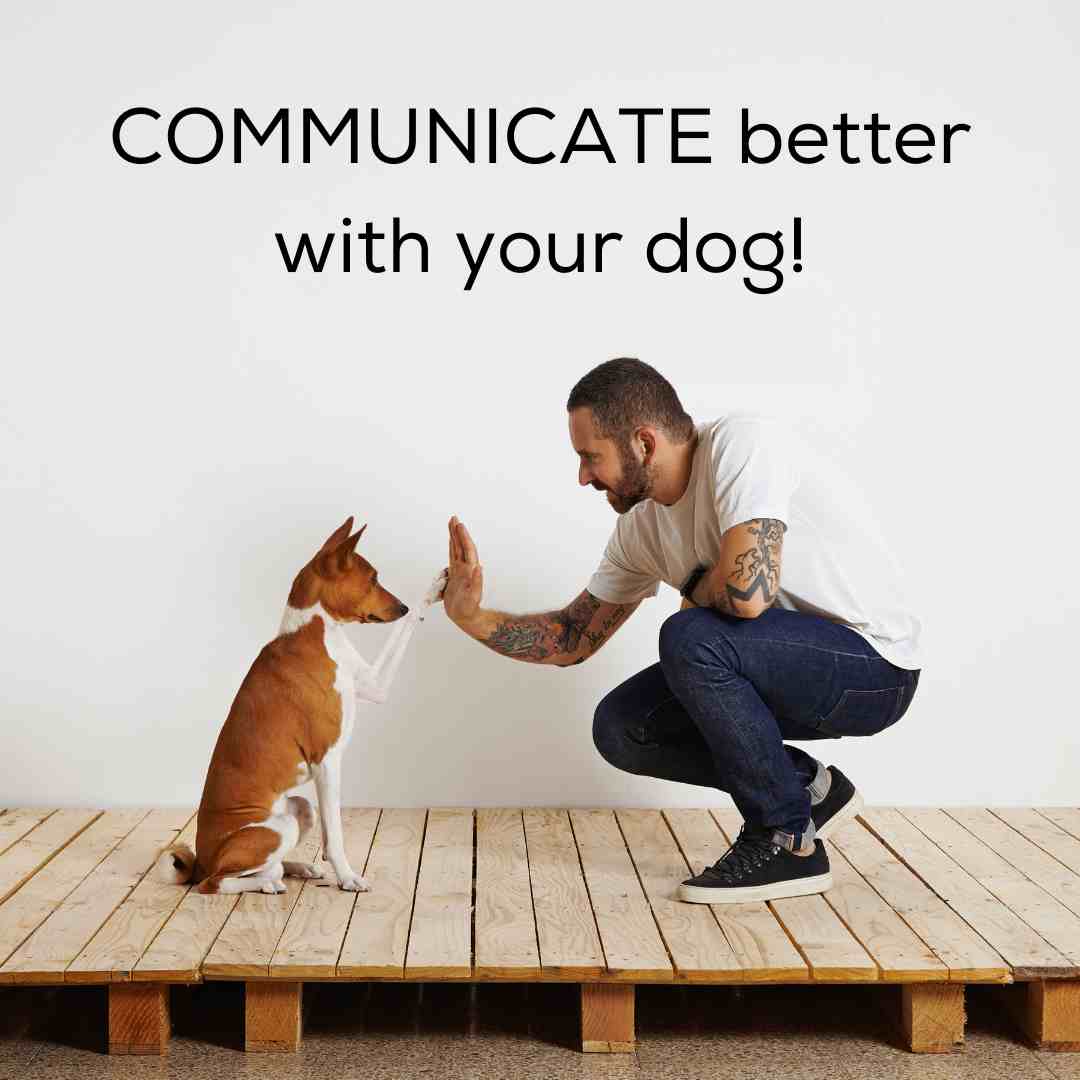How to communicate better with your dog!

This blog is all about having a better and easier relationship with your dog. Most good relationships come when your pet listens to your commands and body language and can understand what they are meant to do. Some dogs might take longer times to learn commands but that does not mean they are stupid or incapable they just need a firmer routine and tone to help them fall in line! Here are some ways you can help your canine understand you better and quickly pick up on things you need them to do!
- Know your dog and their personality and do not give them tasks that make them physically or emotionally uncomfortable. For eg. If your dog is shy with people, forcing him to be around a group using the “sit” command might have negative consequences.
- Only do commands that you really need and will use in everyday life. Some examples of this are - sit, stay, hold, lie down, settle, come, and go.
- When training your dog with these commands say the word once and let them be. In anger or excitement we often tend to repeat ourselves multiple times and this confuses the dog - having the same command thrown at him while he is doing many different actions.
- DO NOT YELL - yelling at your pet when they do something wrong doesn’t have the desired effect. Instead choose a time-out place where your dog will instantly realize they did not meet your expectations and won’t get more agitated by your frustration.
- Body language is the most important. Over verbal communication dogs often look at your body for cues on how to behave. Canines are experts at reading body language, as that is how they communicate with the packs and social situations. Use your body and tone to show them how they are to behave in that situation.
- Use hand signals with verbal commands! Pair your commands with a hand or body signal when training your pet. Not only does it help them but can also help you when you are in public noisy places and your pet can see but not hear you!
- Use a consistent signal when they complete their task! Your reinforcer, or treat, should occur within 1-3 seconds after your signal! You can use treats initially as your signal but we cannot always be treating our dogs for basic commands! So even a “good” or “good boy” or a pat on the head used consistently and on time will help them understand when they have followed your commands.
- Increase the skills and stimuli slowly. It is helpful to first start these sessions one-on-one in a quiet space with no other distractions. You can then try with people around, in the park, or at the store and during walks to slowly see how easily your dog is able to focus on your command.
- Last but not least, decide on a RELEASE command! This is perhaps the most important part of training. Your dog will lose interest in your training if there is no time duration allotted to their commands and they will get restless. The release command tells them they need to at least wait for the release command before their mind wanders. Examples of release commands are - free, okay, done, over, release, come. Make sure you use the release command after you give them a command so they know they will be rewarded after a set amount of time even if it means waiting a bit!
|
Posted on February 05 2023